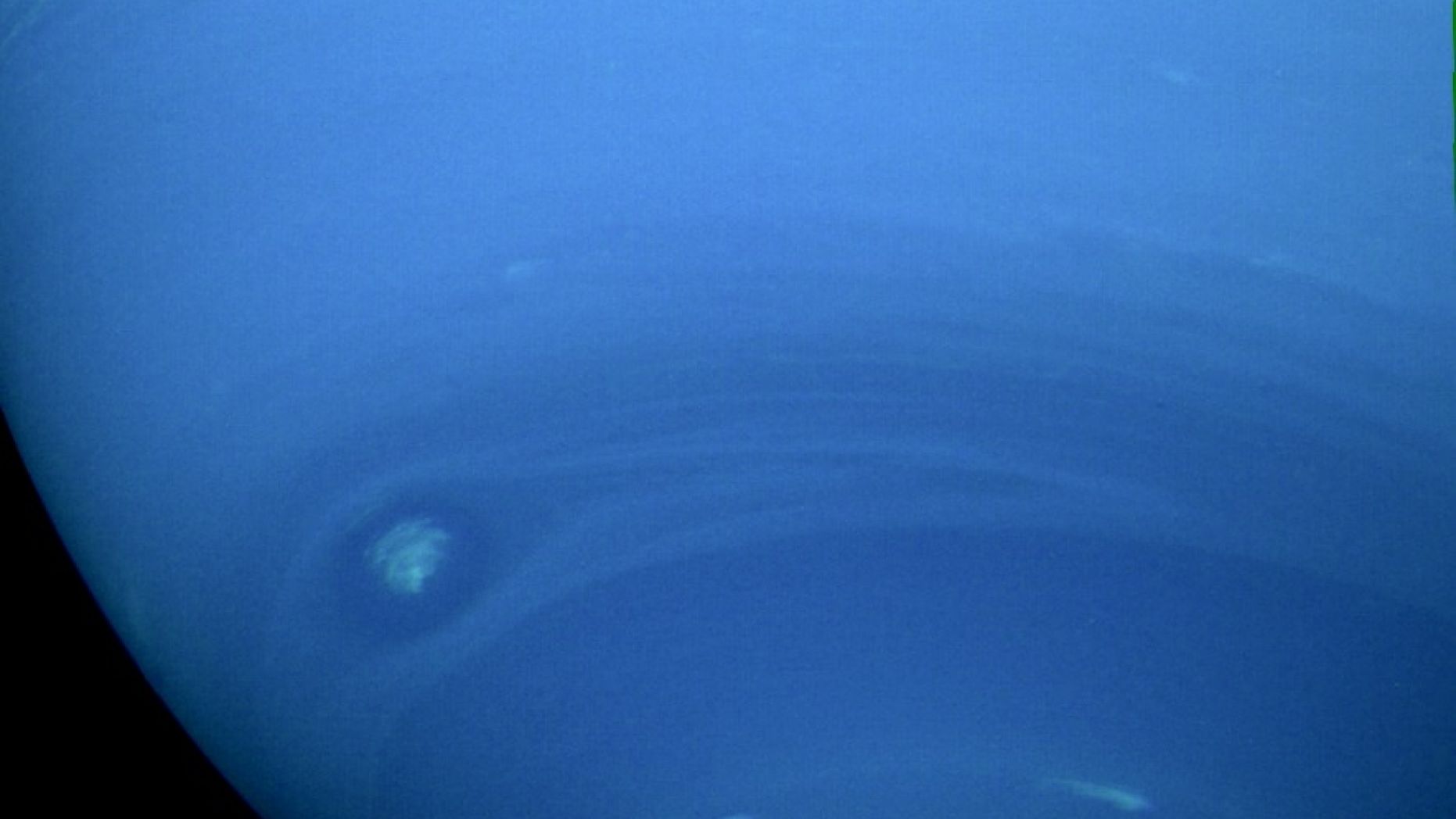A storm big enough to reach from Boston to Portugal is disappearing on Neptune, and the Hubble Space Telescope is the witness
Back in 1989 when NASA’s Voyager 2 spacecraft flew by Neptune, it captured large, dark storms in the planet’s distant atmosphere. Since then, scientists have kept a close eye on the planet using the Hubble Telescope.
However, in comparison with Jupiter’s Great Red Spot (a storm that has been going on for at least two centuries), the storms that happen on the windy planet, Neptune, come and go in just a matter of years. Even more, we are now able, for the first time, to see one begin its disappearance.
“It looks like we’re capturing the demise of this dark vortex, and it’s different from what well-known studies led us to expect,” Michael Wong, a researcher at the University of California at Berkeley and lead author on the new work, said in the statement. Previous simulations suggested that the vortex would drift toward the planet’s equator, and “once the vortex got too close to the equator, it would break up and perhaps create a spectacular outburst of cloud activity.”
The vortex was 3,100 miles across the long axis when Hubble first saw it in 2015; now, it is down to 2,300 miles across.
Neptune’s anticyclones, such as this dark storm, pull up dark material from deeper in Neptune’s atmosphere as they spin and are carried by three wind jets that circle the planet: one heading west at the equator, and two other going east near each of the poles.
“No facilities other than Hubble and Voyager have observed these vortices,” Wong said. “For now, only Hubble can provide the data we need to understand how common or rare these fascinating Neptunian weather systems may be.”
Source: foxnews.com




